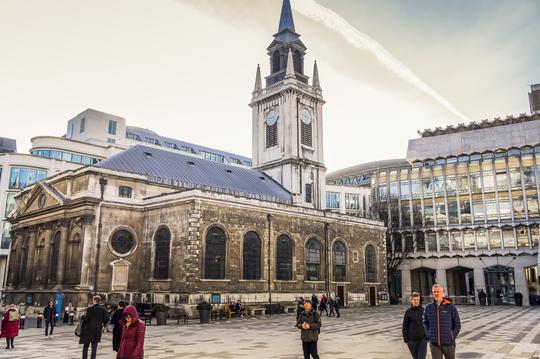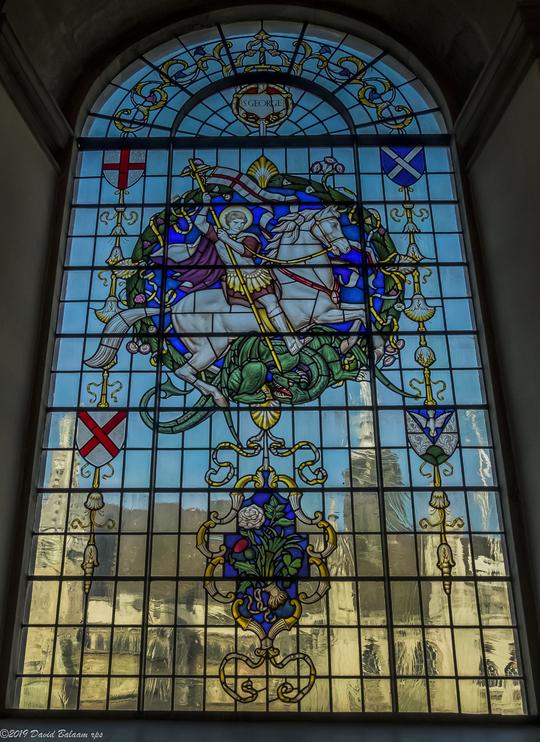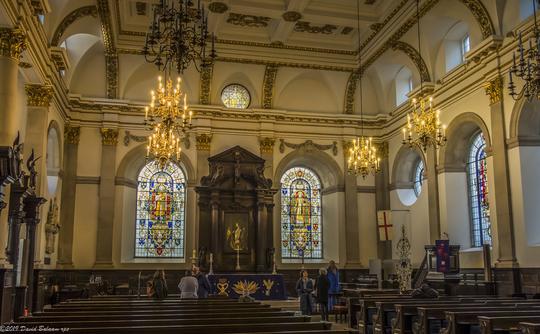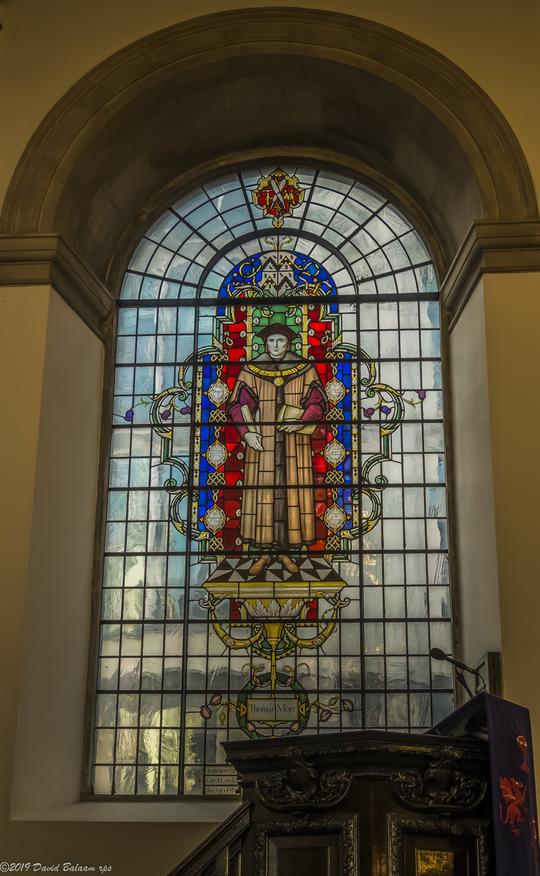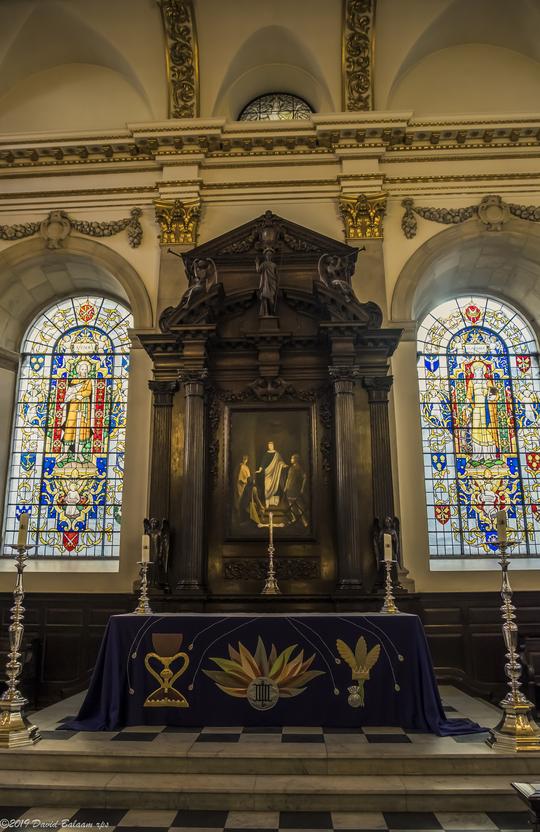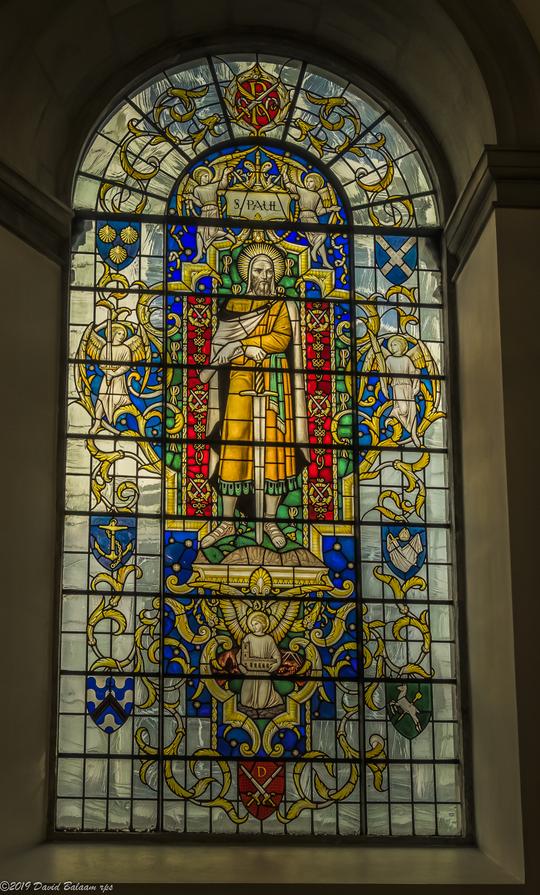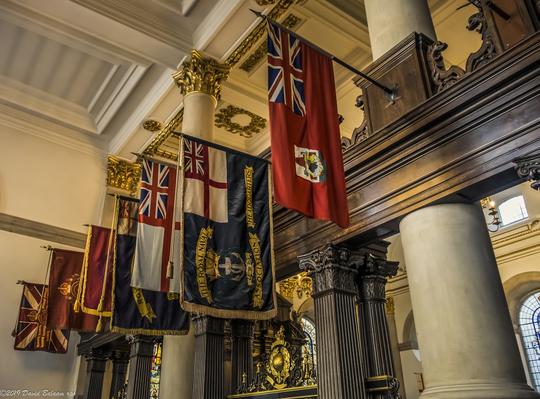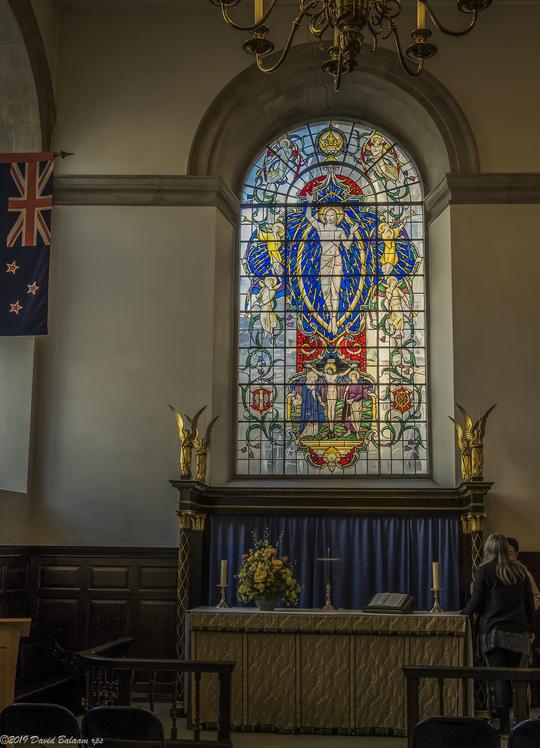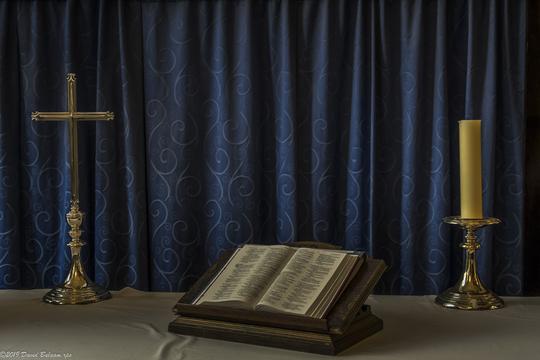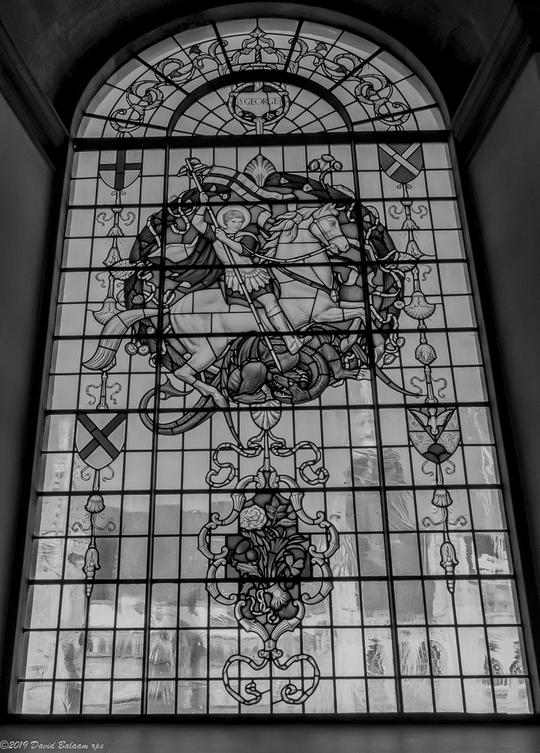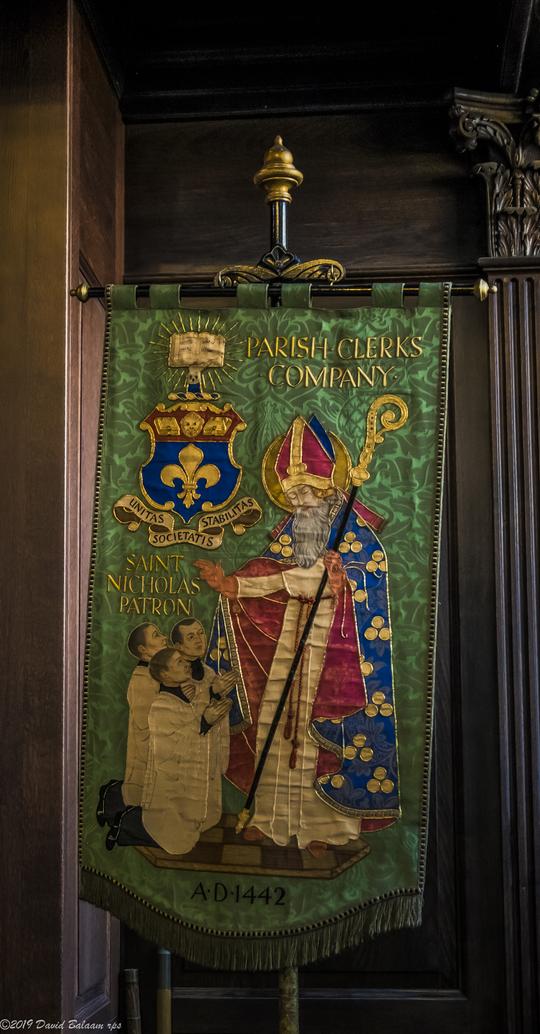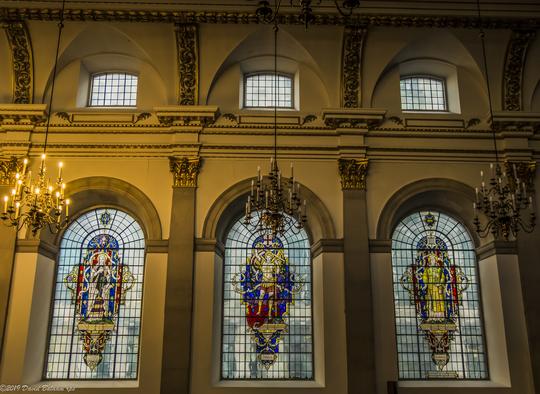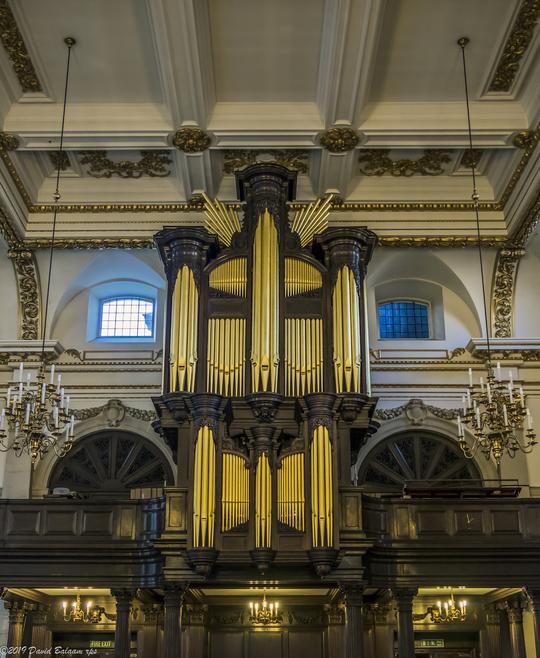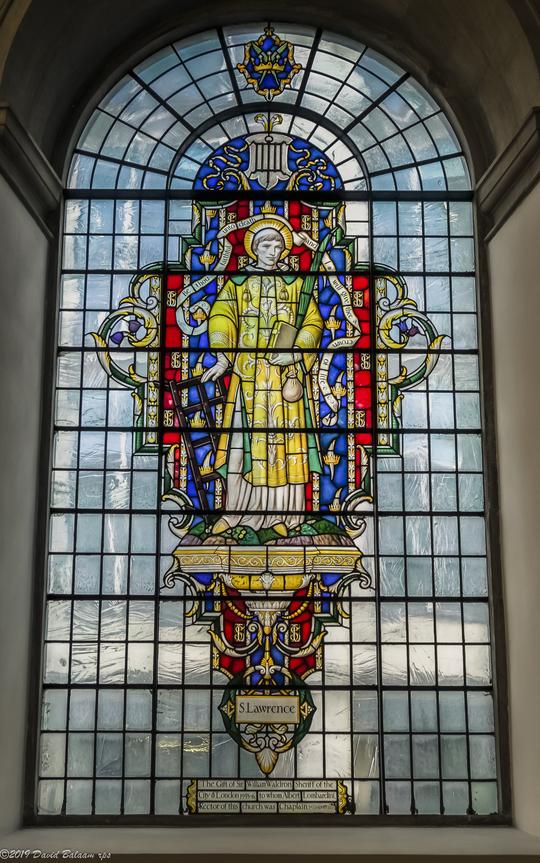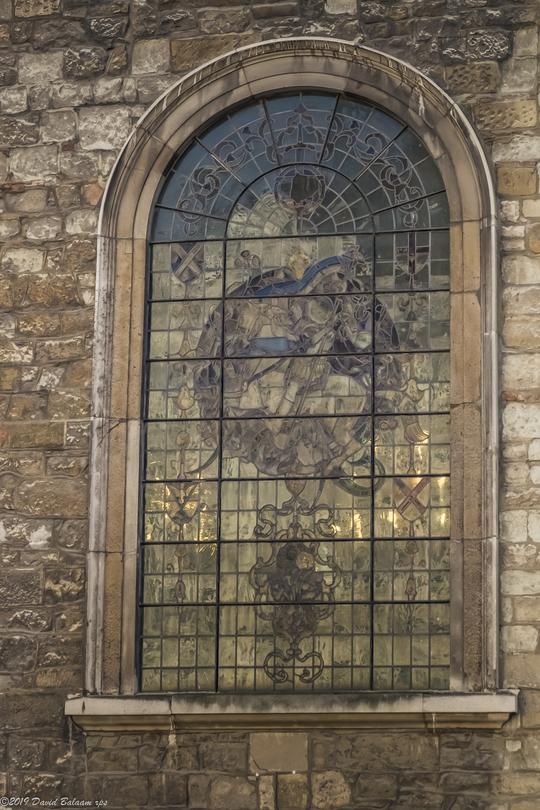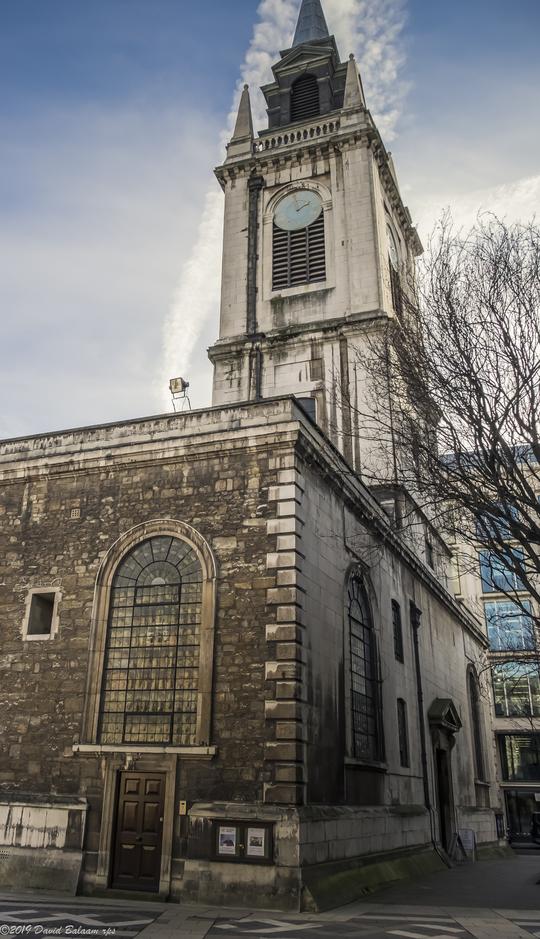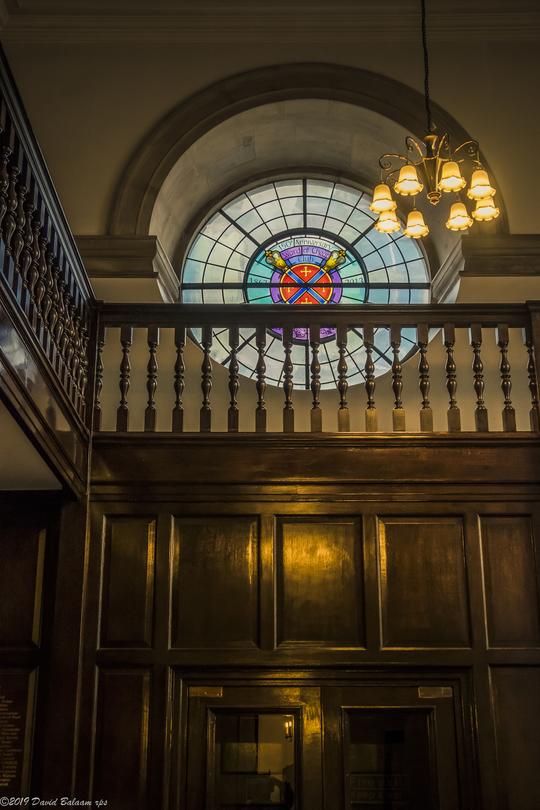St Lawrence Jewry
There has been a church on the present site since the twelfth century. The first church is thought to have been built in 1136, and was destroyed in the Great Fire of London. The church was one of many re-built by Sir Christopher Wren. Work began in 1670 and was completed in 1677. It was one of Wren's most expensive City Churches. The name Jewry is a geographical descriptor. Before the great fire of 1666 there were many churches in the City (about 150+) and some had the same saint's name. To distinguish them another title was attached. This is why so many of the City churches have interesting and odd names. The church is located close to a street called Old Jewry. This is where a Jewish community lived from 1066 to 1290. They came to the country with William the Conqueror and were expelled by Edward I. Hence St Lawrence Jewry. During the Second World war, the church was extensively damaged, but not completely destroyed, on 29th December 1940. Restored in 1957, it is now the official Church of the Corporation of London. Like most Wren Churches few walls are at right angles but the "sumptuous barn" white interior with its gold-leaf and chandeliers is spectacular. The church was described by Sir John Betjeman as "very municipal, very splendid." It was designated a Grade I listed on January 4, 1950. St Lawrence has a wonderful organ which was built in 2001 by Johannes Klais Orgelbau, of Bonn, Germany. The cases of the previous organ were both made by Mander in 1957, with the main organ Choir (RP) added by Klais in 2001. The two windows on either side of the altar depict St Paul and St Catherine. In the past St Paul’s Cathedral and Balliol College, Oxford (whose patron is St Catherine), have had close links with the church, choosing the vicars at different stages in our history. There are four surviving sketches of the St Paul window from the planing stage however the window has several differences with Paul being depicted as older than in the original sketch and holding a scroll. In comparison there is only one sketch of the other east window.
